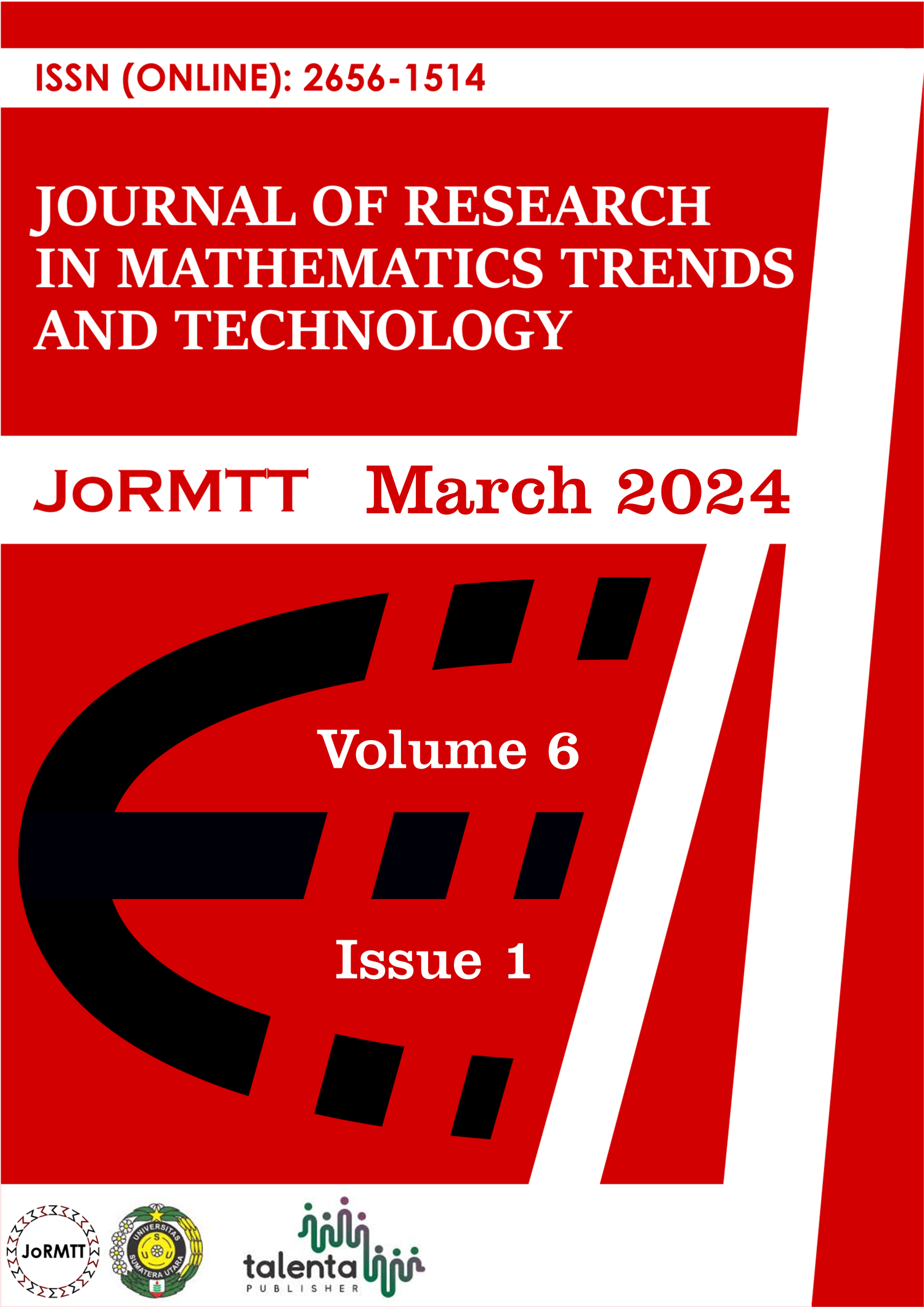Analysis of the Use and Application of Mathematics in Economics: Demand and Supply Functions
DOI:
https://doi.org/10.32734/jormtt.v6i1.17603Keywords:
Mathematical Concept, Supply function, Demand functionAbstract
The aim of this study is to analyze how mathematics is used in economics in terms of the function of supply and demand, which is an important concept in the economy that explains the relationship between the price of goods or services and the quantity requested or offered. Using a mathematical approach, these concepts can be described more quantitatively and accurately, allowing for a more in-depth analysis of the functions of demand and supply. To determine the components that influence changes in supply and demand, mathematical models such as linear regression and elasticity analysis are used. In addition, the study examines how price changes affect market balance and how the functioning of supply and demand can be influenced by things that come from outside, such as government policies and the global economic situation. Research results show that analysis of the function of supply and demand using mathematical models gives us a better understanding of market dynamics. For example, analysis of demand elasticity shows how sensitive consumers are to price changes, and analysis of supply shows how prepared producers are for price changes. Policymakers and market players can make more strategic and informational choices by knowing these mathematical relationships. The study found that mathematics improved the predictability and accuracy of economic analysis and provided essential tools for good decision-making in various economic contexts.
Downloads
Downloads
Published
How to Cite
Issue
Section
License
Copyright (c) 2024 Journal of Research in Mathematics Trends and Technology

This work is licensed under a Creative Commons Attribution-ShareAlike 4.0 International License.
Authors submitting a manuscript do so on the understanding that if accepted for publication, copyright of the article shall be assigned to Journal of Research in Mathematics Trends and Technology (JoRMTT) and Faculty of Mathematics and Natural Sciences as well as TALENTA Publisher Universitas Sumatera Utara as publisher of the journal.
Authors still retain the rights to use and share the published articles without written permission from JoRMTT, as long as they follow the Creative Commons Licensing Terms as set forth by Creative Commons. Authors responsible to obtain the license or related copyright issues in their works. JoRMTT shall be released of any liabilities should any problems arise due to authors errors in this matter.
Authors permit JoRMTT to publish and provide the manuscripts in all forms and media for the purpose of publication and dissemination.
JoRMTT will follow COPE Code of Conduct and Best Practice Guidelines for Journal Editors to protect the research results and takes allegations of any infringements, plagiarisms, ethical issues, and frauds should those issues arise. The manuscript is attributed as authors' work, and are properly identified.
The Copyright Transfer Form can be downloaded here.
The copyright form should be signed originally and sent to the Editorial Office in the form of original mail or scanned document.
Users are free to:
- Share (copy and redistribute the material in any medium or format)
- Adapt (remix, transform, and build upon the material)
under the following terms:
- Attribution (must give appropriate credit, provide a link to the license, and indicate if changes were made. You may do so in any reasonable manner, but not in any way that suggests the licensor endorses you or your use)
- NonCommercial (may not use the material for commercial purposes)
- ShareAlike (If you remix, transform, or build upon the material, you must distribute your contributions under the same license as the original)
- No additional restrictions (You may not apply legal terms or technological measures that legally restrict others from doing anything the license permits)
Notices:
You do not have to comply with the license for elements of the material in the public domain or where your use is permitted by an applicable exception or limitation.
No warranties are given. The license may not give you all of the permissions necessary for your intended use. For example, other rights such as publicity, privacy, or moral rights may limit how you use the material.













